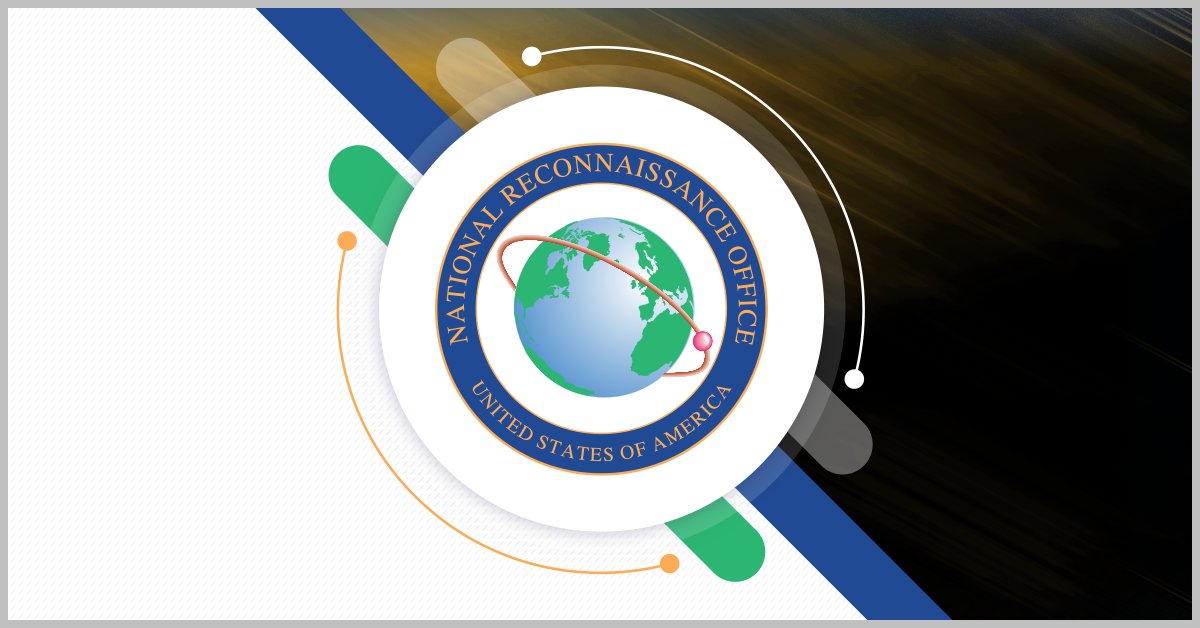The Defense Innovation Unit has chosen Viasat to develop command and control, or C2, connectivity across autonomous systems in support of the Replicator initiative.
Through the DIU’s Opportunistic, Resilient and Innovative Expeditionary Network Topology, or ORIENT, project award, Viasat will leverage its multi-domain uncrewed secure integrated communications, a.k.a. MUSIC, architecture to empower the connectivity of unmanned systems using multi-transport pathways.
David Schmolke, vice president of Viasat mission connections and cybersecurity, said, “Viasat is excited to support the Defense Innovation Unit and the Replicator initiative through Project ORIENT by helping advance resilience and enable collaboration across multiple autonomous systems for warfighter operations.”
Table of Contents
Viasat’s Support of Replicator Initiative
The Department of Defense’s Replicator initiative aims to produce thousands of uncrewed and all-domain attritable autonomous, or ADA2, systems for warfighter mission support. Replicator is also responsible for advancing the delivery of capabilities to the warfighter at an increased speed.
In November, the department selected two batches of software developers, including Viasat, to support Replicator.
Viasat’s MUSIC Architecture
Viasat’s MUSIC architecture is supported by the company’s NetAgility platform, which is designed to respond to autonomous mission needs through efficient transport and network orchestration. The MUSIC mesh network overlay also allows for protected data sharing through various unmanned capabilities.
“The coordinated use of autonomous systems offers critical operational advantages as the demands to quickly collect and share mission data grow, including executing those missions safely without putting warfighters in harm’s way,” noted Schmolke. “MUSIC and NetAgility network orchestration is an optimal fit for addressing the network and advanced C2 requirements to enable resilient, multi-path communications through contested and denied environments.”
During the Autonomous Warrior 24 exercise in October, Viasat’s team collaborated with the Office of the Under Secretary of Defense for Research and Engineering to demonstrate MUSIC’s ability to connect unmanned maritime systems.











